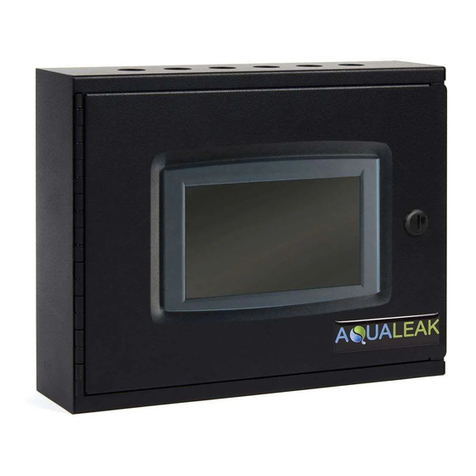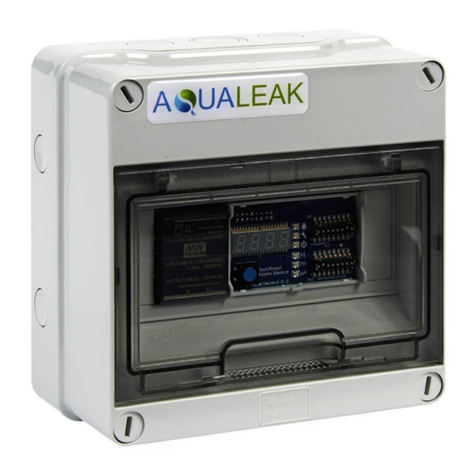Contents
1Safety Information ..................................................................................................... 5
1.1 Intended Use ...................................................................................................... 5
1.2 Statutory Obligations............................................................................................. 5
1.3 Electrical Safety .................................................................................................. 5
1.4 Installation Safety ................................................................................................ 6
1.5 Post-Installation Safety .......................................................................................... 6
2Product Overview ...................................................................................................... 7
2.1 Technical Specifications ......................................................................................... 8
2.2 Input-Output Connections ....................................................................................... 9
2.3 Multiple Zone Application Example ........................................................................... 11
3Installation .............................................................................................................12
3.1 Master Panel Installation ....................................................................................... 12
3.1.1 Mounting ....................................................................................................... 12
3.1.2 Power Connection ............................................................................................ 12
3.2 Relays and Sensors .............................................................................................. 13
3.2.1 Relay Functions and Triggers ............................................................................... 13
3.2.2 Sensor Connections ........................................................................................... 14
3.3 Ancillary Devices................................................................................................. 18
3.3.1 Signalling to Ancillary Device ............................................................................... 18
3.3.2 12/24V Output to Ancillary Device ......................................................................... 18
3.3.3 230V Output to Ancillary Device............................................................................ 19
4Operation ...............................................................................................................20
4.1 Monitor Mode..................................................................................................... 21
4.2 Fault Mode........................................................................................................ 21
4.3 Alarm Mode....................................................................................................... 22
4.4 Override Mode ................................................................................................... 22
5Maintenance ...........................................................................................................23
5.1 Cleaning........................................................................................................... 23
5.2 Troubleshooting.................................................................................................. 23
6Warranty................................................................................................................24
Tables
Table 1: EMS-5 / 10 Technical Specifications ..................................................................... 8
Table 2: EMS-5 / 10 Input-Output Connections .................................................................. 10
Table 3: Relay Functions and Notes / Triggers .................................................................. 13
Table 4: Monitor Mode Button Inputs and Effects ............................................................... 20
Table 5: Monitor Mode Button Inputs and Effects ............................................................... 21
Table 6: Fault Mode Button Inputs and Effects .................................................................. 21
Table 7: Alarm Mode Button Inputs and Effects ................................................................. 22
Table 8: Override Mode Button Inputs and Effects.............................................................. 22
Table 9: Troubleshooting ........................................................................................... 23





























